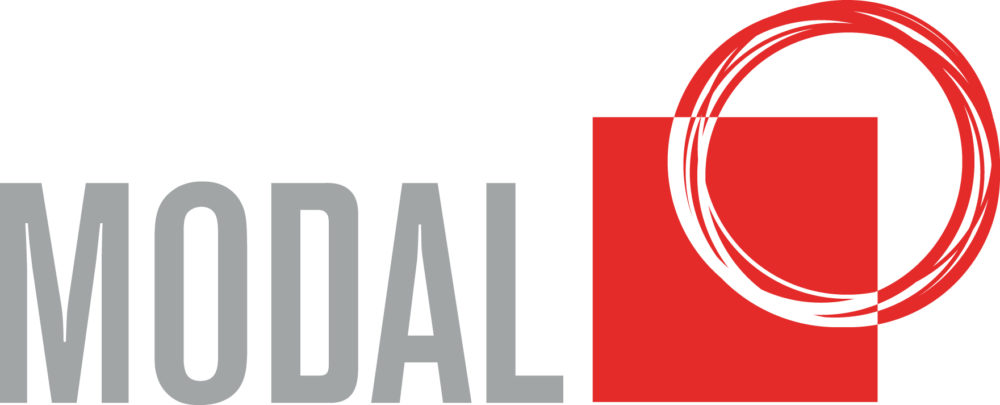4 key disciplines of a successful team leader
- Most teams don’t have the right disciplines in place that lead to high performance
- There is a formula to build a high performing team
- Technology can play a part (even if you are not tech savvy)
- Some routines may seem basic, but they ultimately lead to success
“The most important characteristic of teams is discipline: not bonding, togetherness or empowerment”.
This is a quote from renowned team experts Jon Katzenbach and Douglas Smith in their book The Discipline of Teams.
If I ask you to think of an example of a truly high performing team, what comes to mind? If you were to think of an example of an underperforming team what comes to mind? Hopefully you can conjure up examples of both in your organisation. However it’s often easier to think of cases of the latter! So what are the disciplines that make a difference between the two?
Drawing on the collective experience of numerous team development researchers, practitioners, plus my own experience of facilitating teams over the last 12 years, here are the 4 disciplines that will make or break teams.
1) Defining and revisiting the shared goals and mutual accountabilities of the team
The brains of us humans are hardwired in their need for clarity and focus, if we are perform at our best. Its interesting that with many teams I talk to, I hear members say ‘I’m confused about what our priorities are’. Our neo-cortex needs to know specifically what the end goal looks like, and which ones are the most important. Defining shared goals and mutual accountabilities is key here.
If there is not a strong case for shared goals and joint work within the team, then you effectively have more of a workgroup than a real team. In this case its better to focus more on individual performance rather than both individual and collective performance of a real team. If the organisation would experience greater value from having a strong team, then the fundamentals are clear. Teams need to define the areas of accountability that will be shared. That is, what are those key results, that require the team to have collective ownership to deliver? When I ask people what these are for their team, typical mutual accountabilities include:
· Creation of a business plan
· Improve process effectiveness and efficiency
· Improve quality
· Manage the finances
· Deliver customer satisfaction
Leadership teams will typically have shared accountabilities that include: create the organisations strategy; develop the culture; or improve safety performance. These result areas can be more effectively delivered, if there is collective approach rather than just individual.
Teams then need to set goals that are both shared, and align to the mutual accountabilities. e.g. ‘Halve the average time it takes for procurement by June 30th’ or ‘Improve our key safety KPI by 40% by the end of the year’.
In responding to the Volatile, Uncertain, Complex and Ambiguous (VUCA) external environments that most organisations find themselves operating in, goals need to be revisited. Priorities may need to change due changes in the environment. The ability to then park one priority in favour of another, becomes important in remaining agile.
2) Time together problem solving (as opposed to just sharing information)
Ever sat in on a team meeting and been bored or felt like it wasn’t really adding value? Teams do need to share information. This is best done in small doses. 2 hour plus meetings which are mostly just going around the group and providing individual updates, become self defeating. Effective teams spend time together working on solving wicked problems and making decisions. This utilises the collective talents and strengths of individuals. It is engaging of team members and should generate robust discussion of ideas that lead to better outcomes. If there isn’t at times a conflict of ideas in a team, then people aren’t sharing what their real opinions are. Healthy conflict is part of a high performing team. When debating and deciding on important issues, teams need to give themselves appropriate time. Its more effective to take the time to work through the problem until there is an optimal solution rather than trying to shorten the discussion and push for a decision because only 20 minutes was allowed on the agenda for it.
3) Practice having difficult conversation at least quarterly (a check in on how the team is functioning and Peer on Peer conversations)
Teams need to have conversation about the health of the team quarterly. Use of team assessment surveys can be good to stimulate some of this conversation. These conversations are always better offsite if possible, to help people get into a calmer headspace. If issues that affect the team are being talked about in two’s and three’s in the workplace they need to be surfaced here and talked about as a whole team. No matter how touchy the issue. Teams that do this maintain trust and have healthy conflict. Teams that don’t will eventually regress into ‘storming’. This will heavily impact performance. Running peer on peer feedback conversations as either part of these sessions or separate is equally important. You can set these up like speed dating. Get people to write one thing about each colleague they appreciate, and one thing each they believe they should do less of and more of. Encourage them to share this one-on-one. Whilst this can be confronting for teams before they try it, in my observations this always ends up being a surprisingly positive experience for the team.
4) Transparent actions that are revisited like a drumbeat.
This is a simple yet often neglected discipline. Allow 10 minutes at the end of each meeting. Using a tool such as a Kanban or similar system that everyone can access, record the actions from the meeting. Include a due date and the name(s) of those accountable for delivering on that action. At the start of the next meeting the chair checks in on the actions, to ensure that are being delivered. This routine repeated ad nauseam, is excellent for transparency and accountability. If people develop a pattern of not delivering on their actions, they have to explain themselves in front of the team. This alone often ensures greater traction with actions being completed. So whilst these 4 disciplines are not particularly sexy, they are fundamental to the effective functioning of a healthy team.
We have just released a rapid team alignment program, that helps you set up these routines for teams that are newly formed or still in the storming phase.





